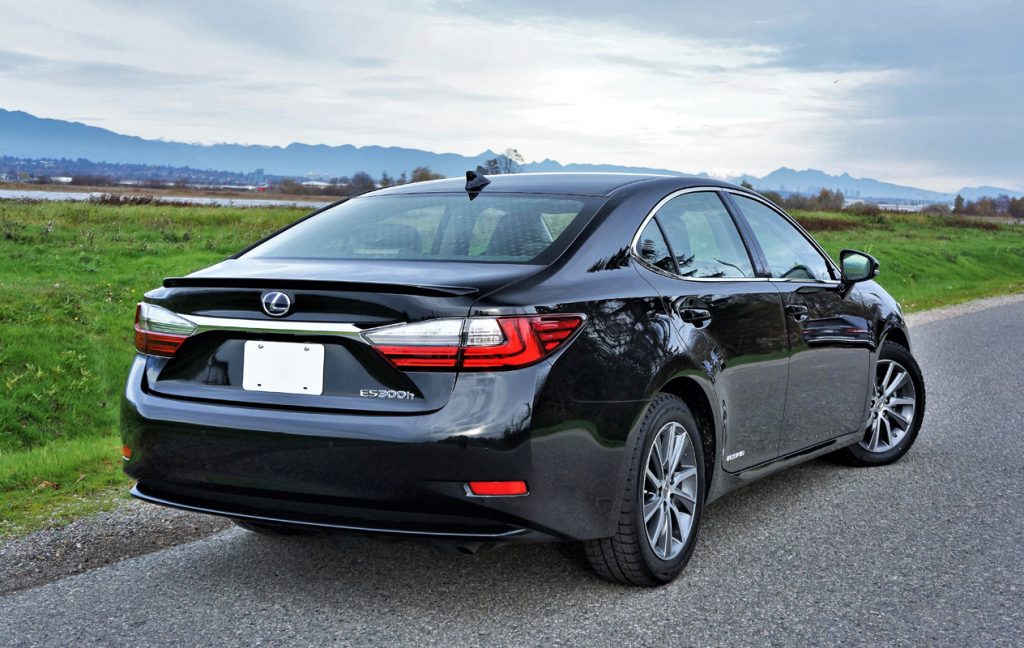Hybrid Cars Guide: Facts, Benefits & More
3 min read
Hybrid cars are becoming more and more prevalent and here at AA Thornton we handle patent applications directed to the wide selection of technology involved.
This brief article explains just what is meant with a “hybrid”, the several types of hybrid vehicle available and some of the technologies involved.
What is a hybrid?
Commonly called hybrid electric vehicles (HEV), as this is above suggests, a hybrid car is definitely one that depends on two different power sources for motion. Both different power sources are usually petrol and electricity (most common in the US) and diesel and electricity (that exist in Europe).
There are three main types of hybrid vehicle; full hybrids, mild hybrids and plug-in hybrids.
A full hybrid (FHEV) can operate on just the combustion engine (i.e. diesel/petrol), the electric engine (i.e. power from batteries), or a combination. The Toyota Prius is the most commonly known example of this. A full hybrid is not plugged directly into recharge; the battery is recharged by running the combustion engine.
A mild Toyota chr hybrid has an electric motor and combustion engine which always interact. An example of this is the Honda Accord Hybrid. Mild hybrids cannot run in only electric or perhaps combustion engine mode; the engines/motors always work in parallel.
A plug-in hybrid (PHEV), as the name suggests, requires plugging in to the mains if you want to fully recharge its battery. PHEVs can be run in only electric mode.
The technology involved
The three types of hybrid all share features in order to work. The objective of a hybrid is to use the electric portion of the drivetrain as much as possible without compromising performance. Harmful emissions are reduced and the fuel efficiency of the automobile increases. Simply because the electric motor is better over a combustion engine and produces no emissions.
An exception to such a goal could be the La Ferrari, McLaren P1 and Porsche 918. These powerful cars use their electric motors to maximise performance, rather than maximise their efficiency and eco-friendliness.
There are two types of hybrid cars: standard hybrids and plug-in hybrids (PHEVs). Standard hybrids use regenerative braking and the internal combustion engine to charge a battery power, providing supplemental electric power. They can’t be charged at an electric car charging station, unlike PHEVs. This makes PHEVs more similar to totally electric vehicles. PHEVs generally have larger power packs than standard hybrids, having the ability to drive only on electric power.
Typically, hybrids have lower battery ranges than all-electric vehicles, and the electrical capacity was created more to supplement gasoline driving and help maximize fuel efficiency. Some hybrids offer an electric-only driving mode, which might only be available for low speeds and/or short ranges. Many hybrids automatically draw power only from the electric motor below certain speeds, which explains why they could be much more efficient in city driving conditions. Hybrids are occasionally known as an intermediary option in the transition away from fossil fuels and towards more renewable energy sources.
A hybrid can be a great investment, depending on your driving needs and lifestyle. A significant note about hybrids to remember is the fact although they do have a power battery, it is smaller than the battery in an entirely electric vehicle, and can only support a limited range of electric driving. That being said, if you have a brief daily commute, or plan on making use of your car for mostly quick trips, you might be in a position to run on electricity in most of your driving time. If this is the case, a hybrid will make sense, as you wouldn’t have to use the combustion engine and purchase gasoline generally.
Conversely, if your commute is long and you simply want to take your vehicle on lengthier trips, a hybrid might not appear sensible. Because hybrid savings activate from not having to stop at the gas station as often as with a conventional ICE, driving long distances that exceed the battery range capacity in your hybrid could keep those trips to the gas station in your regular routine. A hybrid vehicle is most effective at saving money when your commute is short, and you can rely on the tiny electric battery for most your driving time.







